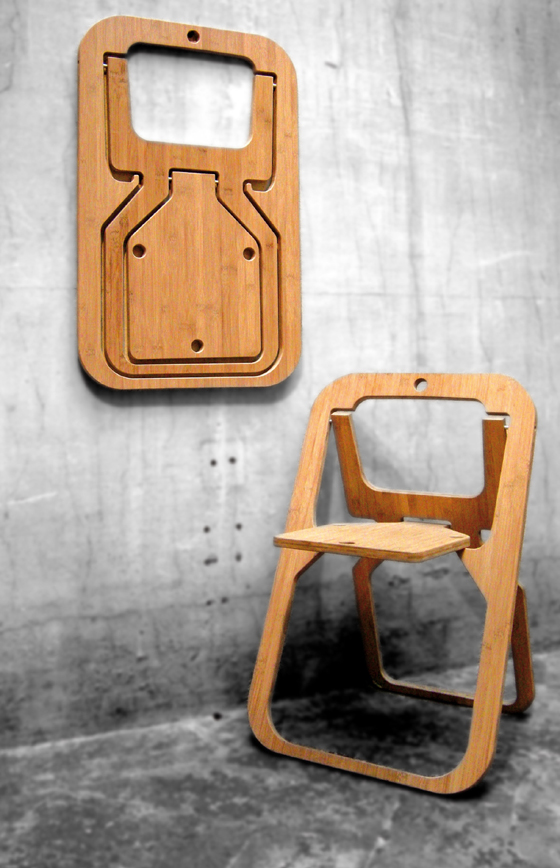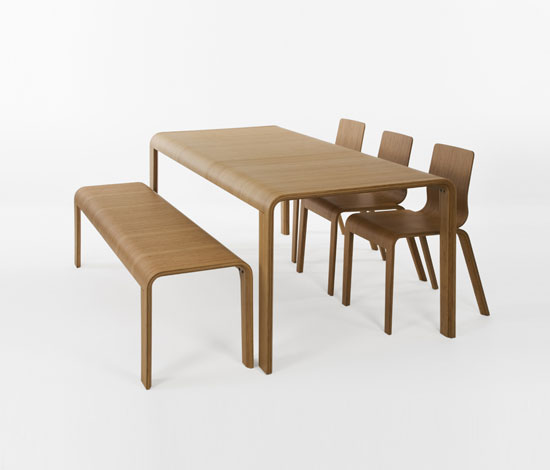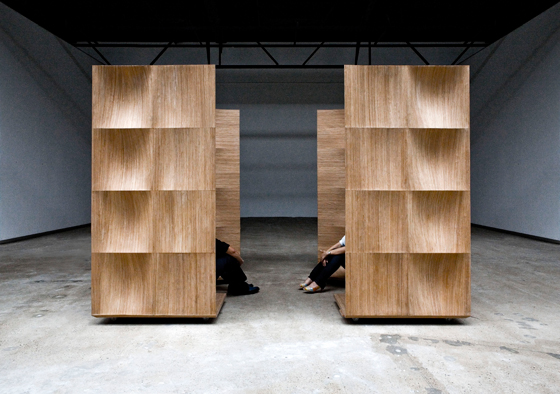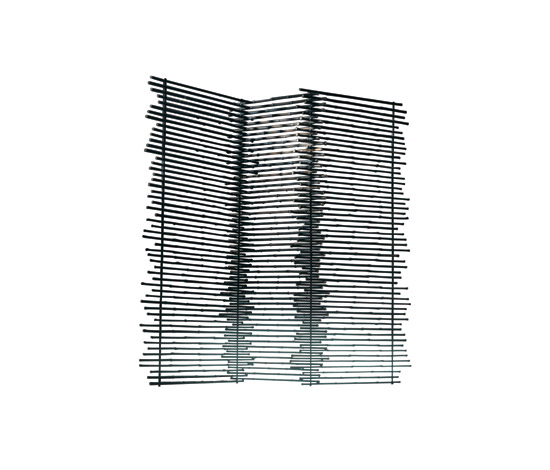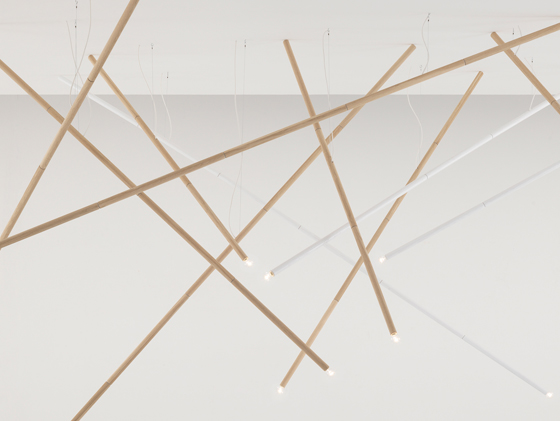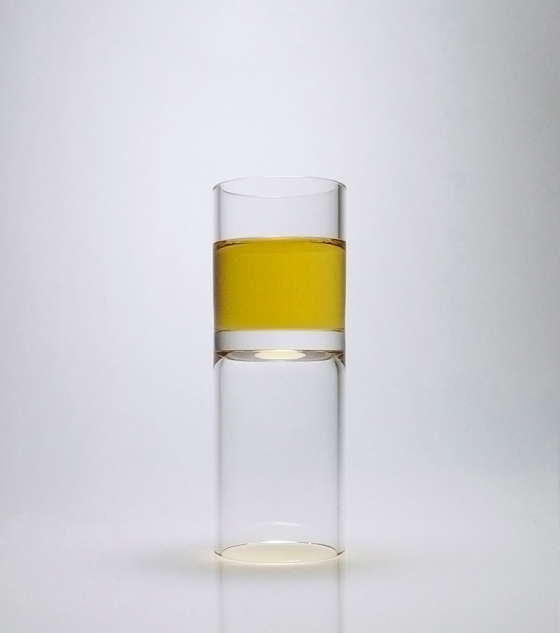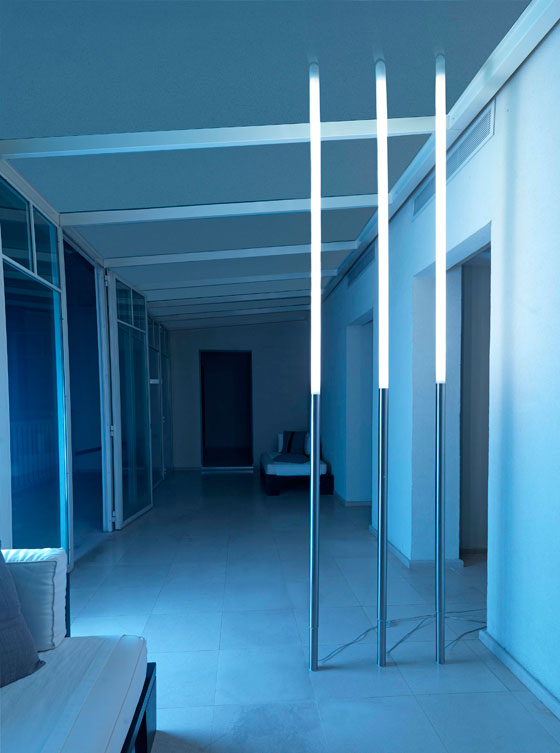Bamboo: the design material that just keeps on giving
Scritto da Simon Keane-Cowell
Zürich, Svizzera
18.03.10
Bamboo's rapid growth in popularity as a viable material for product design seems to mirror the speed at which this iconic plant, lauded for its contribution to sustainability, grows. Architonic takes a look at some recent examples of bamboo-based creative projects, as well as work that engages with the wonderplant in a more tangential, but nonetheless poetic, way.
Not since he of the always questionable accent Dick van Dyke performed the number 'Me Ol' Bamboo' in the 1968 film 'Chitty Chitty Bang Bang' has a certain woody tropical grass been celebrated by so many. It's fair to say that bamboo has become, as much in the imagination as in reality, a wonder material for furniture and product design, and indeed for architecure, lauded for its physical strength and the all-important ecological benefits that it offers. If there was ever an 'it' plant, this seems to be, well, it.
'chairEasychair' by Amsterdam-based designer Jair Straschnow, part of his 'Grassworks' collection, 2009
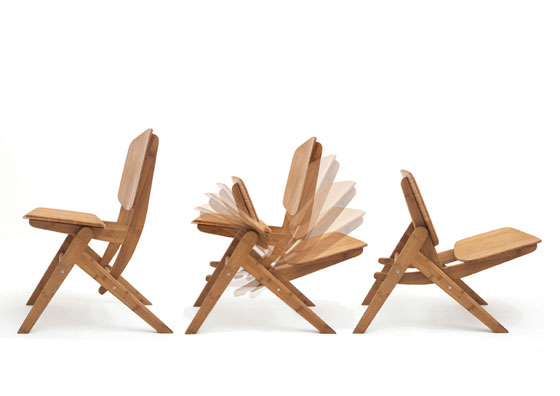
'chairEasychair' by Amsterdam-based designer Jair Straschnow, part of his 'Grassworks' collection, 2009
×Bamboo has a lot going for it. The fact that it's not derived from forestry, but is instead a grass that has a very fast growth cycle, makes it the darling material of the sustainable world. Bamboo stalks can grow up to 15 metres high and remarkably thick. Due to its interconnected root system, bamboo groves regenerate at much faster rate than timber. What's more, harvesting of the plant can be carried out without the need for replanting.
But that's not all. Bamboo just loves drawing carbon dioxide out of the atmosphere and producing oxygen in its place. And it also thrives without the need for pesticides. If you met Bamboo on a date, you'd already be thinking about introducing it to your mother. But what makes bamboo in particular so appealing for designers and architects are its mechanical properties. Its tensile strength is greater than steel, yet it also possesses a certain elasticity. It's also pleasingly graphic in its natural, linear form.
'Grassworks' collection by Jair Straschnow, exhibited at the Aram Gallery in London, 2009
In design-historical terms, bamboo hasn't just stepped off the slow boat from China, however. As part of the design language of 'Chinoiserie', that decorative-arts style identifiable in Europe from the 17th century onwards which fetishised the 'Far East', producing an orientalist vision of it (as Edward Said might put it), bamboo as a motif can be seen represented as part of a larger visual lexicon on ceramics, wallpaper and textiles.
Bamboo as an actual material for the construction of furniture was used widely in Britain in the second half of the 19th century, with poles being imported for the most part from Japan. Such furniture was relatively inexpensive, but nonetheless addressed (and, of course, continued to promote) a desire on the part of consumers for the 'exotic'.
Having emerged from a period of unfashionability (think oversized, heavy Colonial-style public-lobby seating) and underpinned by its now universally recognised green credentials, bamboo is now back and this time it's shed its exotic image in favour of a discourse of practicality and the contemporary.
'Desile' chair by Christian Desile for Vange, 2009
'Bamboo is kosher. It's green, 100%, and that's a good starting point.' So says Amsterdam-based designer Jair Straschnow, winner of this year's UK Design Museum Furniture Award. First shown as the Aram Gallery last year as part of the London Design Festival, Straschnow's inspired 'Grassworks' collection is an experimental series of furniture designs made from bamboo laminate sheets. With an emphasis on joinery, his formally simple chairs, tables and bookshelves ('something that looks like it's always been there') including a clever convertible lounge/dining chair, all consist of components that lock together, requiring no screws or glue. This means the pieces can be flat-packed and easily self-assembled. As if the fact they're all made from bamboo wasn't environmentally sound enough.
'Blow-Up Bamboo Table' by the Campana Brothers for Alessi, 2010, part of the Brazilian duo's 'Blow-Up Bamboo' collection
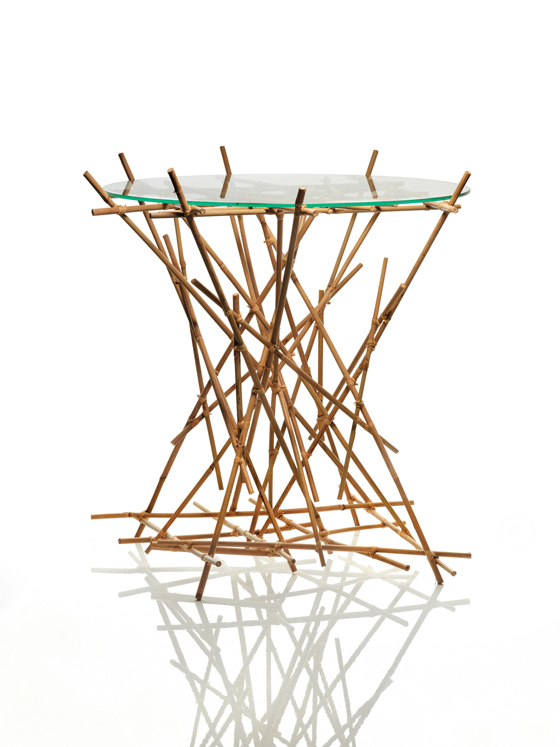
'Blow-Up Bamboo Table' by the Campana Brothers for Alessi, 2010, part of the Brazilian duo's 'Blow-Up Bamboo' collection
×Speaking of flat, Belgian design brand Vange's 'Desile' chair, designed by the eponymous Christian Desile, embraces the virtues of the two-dimensional, with its innovative design that allows the chair to be folded down at will by the user. 100 flat-stacked chairs measure only 2 metres in height. The highly graphic piece is fabricated from bamboo and recycled PET, making a clear statement about product design and sustainablity. Its forward-thinking design was recognised at this year's Maison & Objet fair in Paris with a 'Coup de Coeur' award.
Brazilian brothers Fernando and Humberto Campana have embraced bamboo in their new 'Blow-Up Bamboo' collection for Italian manufacturer Alessi. Having aligned themselves emphatically with the material in their high-visibility outdoor installation at London's V&A Museum, which consisted of a series of the large bamboo poles inserted into the ground, creating a fascinating optical rhythm, the design duo have now created a series of domestic objects, such as a side table and bowl, that use bamboo cane in emphatically chaotic configurations. As the name of the collection would suggest, the products tread a line between order and disorder to great effect.
'43' bamboo cantilever chair prototype by Konstantin Grcic and the National Taiwan Craft Research Institute and Taiwan Design Center, 2008

'43' bamboo cantilever chair prototype by Konstantin Grcic and the National Taiwan Craft Research Institute and Taiwan Design Center, 2008
×Undoubtedly more ordered in its construction is German product designer Konstantin Grcic's bamboo cantilever chair experiment from 2008, '43'. Known for his innovative approach to materials and process, Grcic collaborated with the National Taiwan Craft Research Institute and Taiwan Design Center to create a forty-three-slatted chair that pushes the structural potential of the material, turning its flexibility to the service of user comfort. The piece works visually to underscore its lightness and strength.
'Bambu' collection by Artek Studio/Henrik Tjaerby for Artek, 2007/2008
Under Tom Dixon's creative stewardship, Finnish design legend Alvar Aalto's design company has made clear its commitment to a more ecologically minded approach to product design by launching its 'Bambu' collection. (No prizes for guessing what the furniture is made from.) Product longevity has, fittingly, been part of the Artek's for a long time. Dixon's position as creative director of the firm has continued this tradition, while adding sustainability to its general product-development brief. Designed by Artek Studio/Henrik Tjaerby, the resolutely minimal 'Bambu' chair, dining table and coffee table use the linear flow of their constituent glued bamboo strips to emphasise the furniture's simple and beautiful curves.
Also simple in form, but operating on a much larger scale, is Atelier FCJZ's 'The Bamboo Lantern'. As the name suggests, the conceptual starting point for the project was the form of the traditional bamboo lamp, which the Beijing-based design practice has transformed into a spatial intervention, architectural in size. In plan, the work is a circle within a square, which, in ancient Chinese symbolic terms, signify the earth and the heavens respectively. The two parts of the 'The Bamboo Lantern' face each other, as if in dialogue, creating between them an enclosed, meditative space for the user to enter and occupy. The structure is made from a transparent, vacuum-formed and welded PVC, with 0.3mm bamboo veneer. Internal lighting underscores the visual conceit, when viewed from outside, of an outsize lantern. Step into the light.
'Black 90' room-divider by Paola Navone for Gervasoni
Paola Navone's bamboo screens for Gervasoni also work to define space and how it is experienced. The avant-garde Alchimia and Memphis designer's 'Black 90' three-door folding partition and 'Black 199' screen with a walnut frame both use black bamboo as a means of dividing space through visual concealment. What's particularly intriguing about these two pieces is the way they play with the gaze; at the same time as functioning as screening devices, they encourage curiosity and voyeurism through the gaps they present between and around the individual bamboo elements.
A recent, and fascinating, development in design, which says something about just how iconic bamboo as a material has become within contemporary product-design discourse, are products that reference bamboo in their form and through their product name, but which don't actually use it materially. Bamboo by association, if you like.
GamFratesi's 'Not Bamboo' light is one such product. While this 2009 prototype may look a lot like bamboo, its name ensures that the wool isn't pulled over anyone's eyes. The concept behind the project is the linear repetition of a single element, creating lights, in theory at least, of every conceivable length. The joins between the elements are emphasised, like natural bamboo, with delightfully rounded ends and the placement of a plastic washer. Similar to the Campanas' 'Blow Up Bamboo' collection, GamFratesi's 'Not Bamboo' lighting, when suspended as a group within a single space, produce a sense of organised disorder.
Bamboo as a formal reference turns up in the work of Tokyo design practice Studio Blue Hour's work, too. Their visually simple 'Bamboo Shot Glass' takes a clear cue from the shape of bamboo cane. The piece consists, in fact, of two glasses, one larger than the other, which have been fused together, meaning that you can enjoy a short shot or slightly longer one. The challenge, of course, is whether you can do both simultaneously.
'Bamboo Lamp' by Roberto Giacomucci for Euroluce, 2009
Playing on the structure of raw bamboo, but in an even more linear way, is Italian designer Roberto Giacomucci's 'Bamboo Lamp' for Euroluce. Reaching from floor to ceiling, the lamp makes a formal virtue of its long, low-energy-consuming fluorescent bulb. It's when a number of the lamps are installed in the same space, however, that the allusion to bamboo and bamboo groves becomes most apparent.
Certainly, there's an aesthetic value to all of this bamboo-esque form-making, and it makes an interesting comment on real bamboo's newly found status in current design practice. Does a trend based on metaphor actually help the cause, though?
Interest in bamboo as a viable material for industrially minded product designers would seem, in the last few years, to have grown as fast as the plant in question does. What's going to be fascinating in the next few years, however, is to see whether this interest, bound up as it is with the issue of sustainability, is itself sustained.



